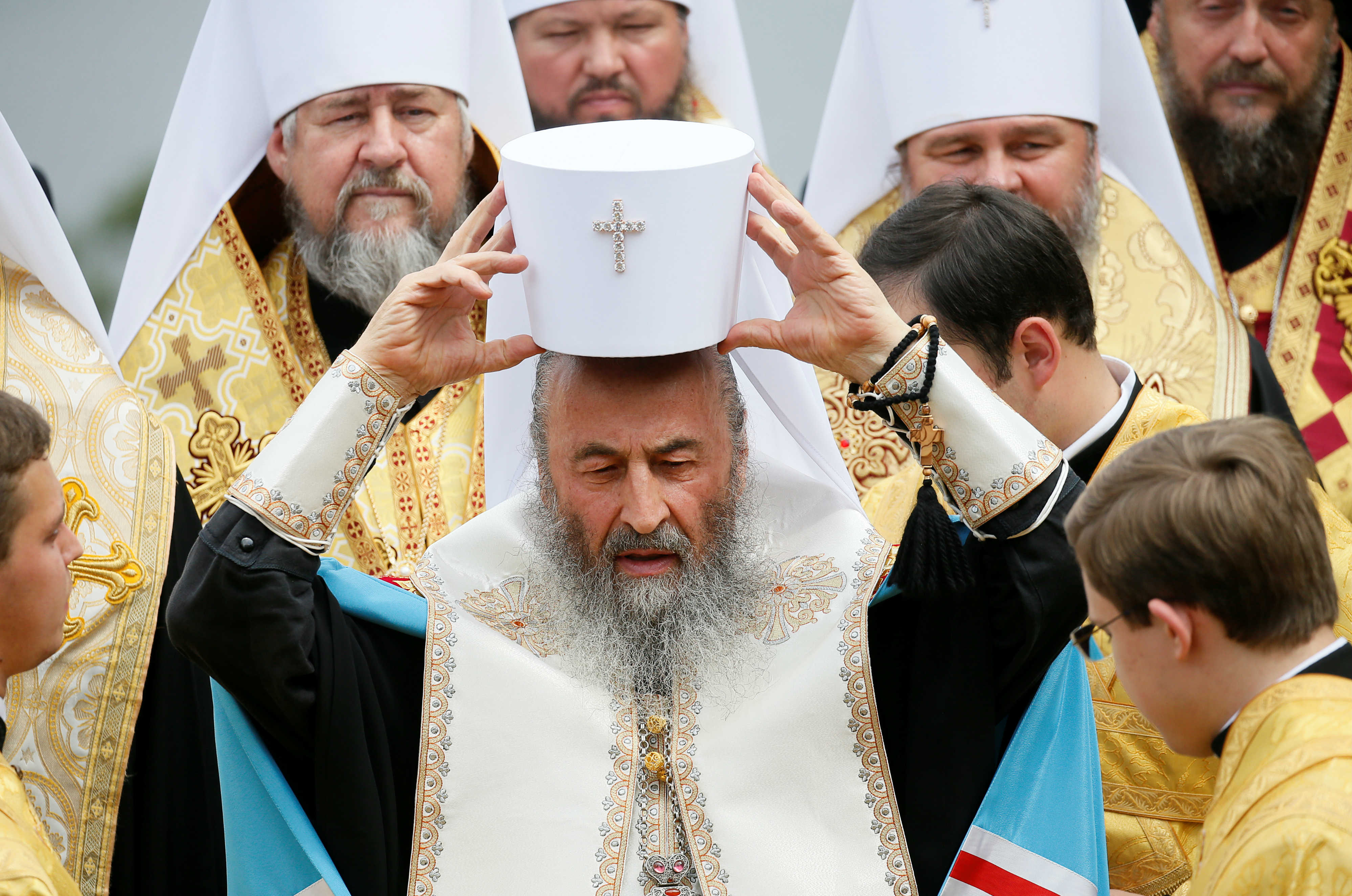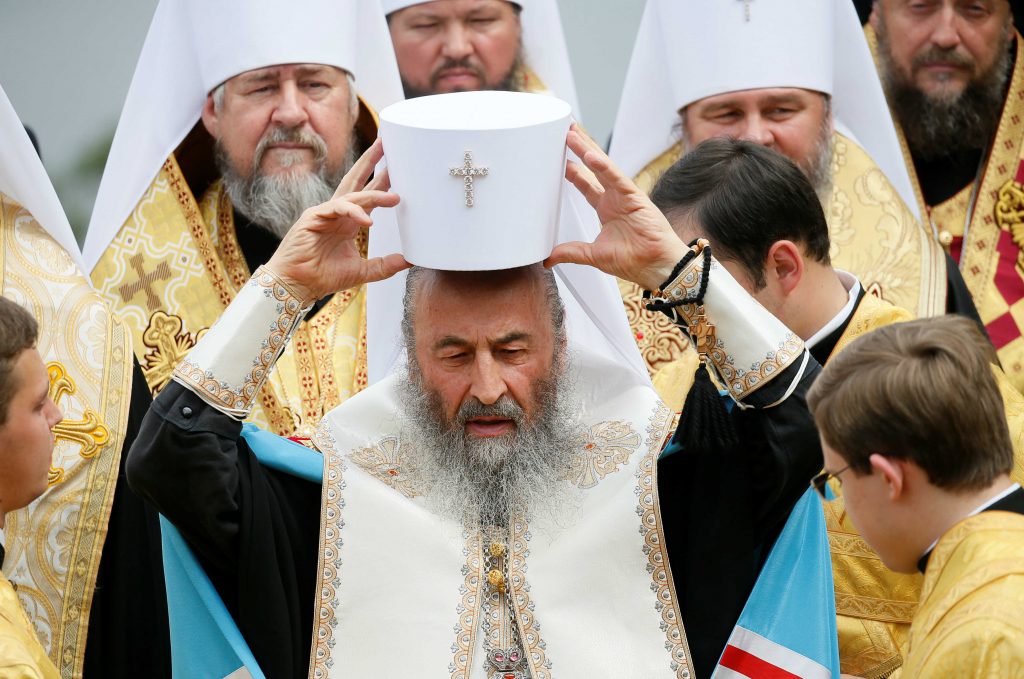 Next month, Europe’s leading budget airline will begin regular flights from Ukraine to a host of EU destinations. This is the latest milestone in a Ukrainian aviation boom that is seeing additional routes announced on a weekly basis and record passenger numbers at airports across the country. Each new flight serves to broaden Ukrainian horizons and anchor the country more firmly within the wider international community. Meanwhile, there has not been a single direct flight between Ukraine and Russia since October 2015.
Next month, Europe’s leading budget airline will begin regular flights from Ukraine to a host of EU destinations. This is the latest milestone in a Ukrainian aviation boom that is seeing additional routes announced on a weekly basis and record passenger numbers at airports across the country. Each new flight serves to broaden Ukrainian horizons and anchor the country more firmly within the wider international community. Meanwhile, there has not been a single direct flight between Ukraine and Russia since October 2015.
The changes in Ukraine’s air travel industry are just one of the many ways in which the country has turned away from Russia and gone global since the climax of the Euromaidan Revolution in early 2014 and the start of Vladimir Putin’s hybrid war. Since then, Russia’s share of Ukrainian exports has tumbled from 24 percent to around 9 percent, while Russian imports to Ukraine have halved. As economic ties between Kyiv and Moscow loosen, Ukrainian businesses have begun to discover life after Russia. In 2017 alone, Ukraine-EU trade grew by almost a quarter and India emerged as the largest international market for Ukrainian agricultural exports. On the domestic front, American companies are replacing longstanding Russian partners. The first General Electric locomotive engines recently arrived in Ukraine, while the country’s Soviet era aviation flagship Antonov is now working with Boeing.
Increasing international mobility is making it much easier for ordinary Ukrainians to look beyond Russia. The advent of visa-free EU travel for Ukrainian passport holders in summer 2017 is transforming attitudes toward the rest of Europe and helping Ukrainians to shed the psychological shackles that long kept the country penned inside the narrow confines of the post-Soviet world. Even Ukraine’s migrant workers are more likely to go west than north. Poland has become the destination of choice, accounting for almost three times the volume of remittances as Russia in the first quarter of 2018.
To make matters worse, Moscow is fast running out of soft power tools to counter the collapse of Russian influence in Ukraine. Kremlin-linked social media platforms like the Russian version of Facebook are technically off limits to Ukrainian users, while quota restrictions and outright bans have squeezed Russian products out of the Ukrainian media market. Meanwhile, many Russian celebrities are no longer welcome in Ukraine as the notion of a common culture falls victim to the undeclared but ongoing war between the two nations.
The Kremlin has not fared any better in matters of the soul. Millions of Ukrainians have turned their backs on the Russian Orthodox Church since the outbreak of hostilities, with entire congregations switching their allegiance to Kyiv. A greater threat to the position of Russian Orthodoxy in Ukraine looms on the horizon. Within the next few months, the Patriarchate of Constantinople is widely expected to grant Ukraine full Orthodox independence from Russia. This would strike at the very heart of Russia’s historic claims to Ukraine, denying Moscow authority over the country’s Orthodox faithful while greatly strengthening Ukraine’s own sense of national identity.
Even if Russia still enjoyed all the communication channels of old, a majority of Ukrainians would be unwilling to listen. The trauma of the Russian invasion has caused a massive shift in Ukrainian public opinion, with support for EU and NATO membership surging to unprecedented levels as enthusiasm for closer Russian ties dwindles to single digits. While it is admittedly difficult to imagine Ukraine joining either NATO or the EU any time soon, a return to the Russian orbit looks infinitely more far-fetched. Indeed, pro-Russian stances have become politically toxic in today’s Ukraine, with the country’s few remaining Kremlin-friendly parties obliged to disguise their positions in the language of pragmatism.
This was not what Putin intended when he first gave the order to invade Crimea. Moscow had hoped to derail Ukraine’s defection to the West. Instead, the conflict has spiraled out of the Kremlin’s control, transforming an awkward but ultimately intimate relationship into the geopolitical divorce of the century. It is a divorce fast approaching the point of no return. As Ukraine grows increasingly accustomed to life beyond the familiarities of the post-Soviet comfort zone, a reconciliation becomes less likely and the separation takes on an air of greater permanency.
In public at least, Russian leaders remain in denial over this historic loss of influence. They speak of an inevitable future rapprochement with Ukraine while blaming outside elements for manufacturing the current rift. Moscow appears to be pinning its hopes on Ukraine’s 2019 presidential and parliamentary elections, but this is little more than the wishful thinking of a Great Power reluctant to admit it has made a great mistake. In their heart of hearts, the members of Putin’s inner circle must know that the days of pro-Russian majorities in Ukrainian politics are long gone.
With little chance of regaining control over Ukraine, there is a real danger Russia will decide the next best option is chaos. Time after time over the past four years, the Kremlin has demonstrated its readiness to pay a remarkably high price in order to prevent Ukraine from escaping Moscow’s orbit. By refusing to retreat from Ukraine, Russia has allowed its relationship with the West to collapse. Moscow is in the process of initiating a similar break with the global leadership of the Orthodox Church, all because it cannot entertain the notion of religious independence for Ukraine. These dramatic measures are much more than the irrational actions of a lover scorned or a rejected spouse. They reflect the widely held belief that the emergence of a fully Westernized and democratic Ukraine would spell doom for the Putin regime and, quite possibly, for the Russian Federation itself.
While most Russians take a somewhat disinterested view of former vassal states turned EU members such as Poland and the Baltic States, they tend to regard Ukraine as virtually indistinguishable from their own country. Thanks to this blurring of borders, any successful transformation of Ukrainian society toward the European model would inevitably lead to calls for similar developments inside Russia. Many in Moscow believe popular demands for grassroots democratization would soon place an impossible strain on the essentially imperial structures holding modern Russia together. Fear of a “Ukrainian domino effect” has haunted the Kremlin since the 2004 Orange Revolution and helps explain why the ostensibly popular Putin feels the need to maintain a vast security apparatus while preventing the emergence of any genuine political opposition.
This desire to defend Russia’s authoritarian model at all costs makes it unlikely that the Kremlin will ever accept Ukrainian membership of the Euro-Atlantic community unless forced to do so. With little appetite in the West for a direct confrontation, Ukraine finds itself in the precarious position of enjoying considerable international support but essentially standing alone against one of the world’s most powerful and reckless nations. Since 2014, Ukrainians have surpassed all expectations with their ability to resist Russia’s hybrid attacks while making meaningful strides toward greater integration into the wider world. They must now reconcile themselves to the idea that Russia will continue to pose an existential threat for many more years to come. This means indefinitely holding a frontline that stretches from the Azov Sea to cyberspace. There is no other option if the divorce is to become final.
Peter Dickinson is a nonresident fellow at the Atlantic Council and publisher of Business Ukraine and Lviv Today magazines. He tweets @Biz_Ukraine_Mag.
Image: Metropolitan of Kyiv and All Ukraine, Primate of the Ukrainian Orthodox Church of the Moscow Patriarchate, Onufry, takes part in a ceremony marking the 1030th anniversary of the Christianization of the country, which was then known as Kyivan Rus', in Kyiv, Ukraine July 27, 2018. REUTERS/Valentyn Ogirenko
